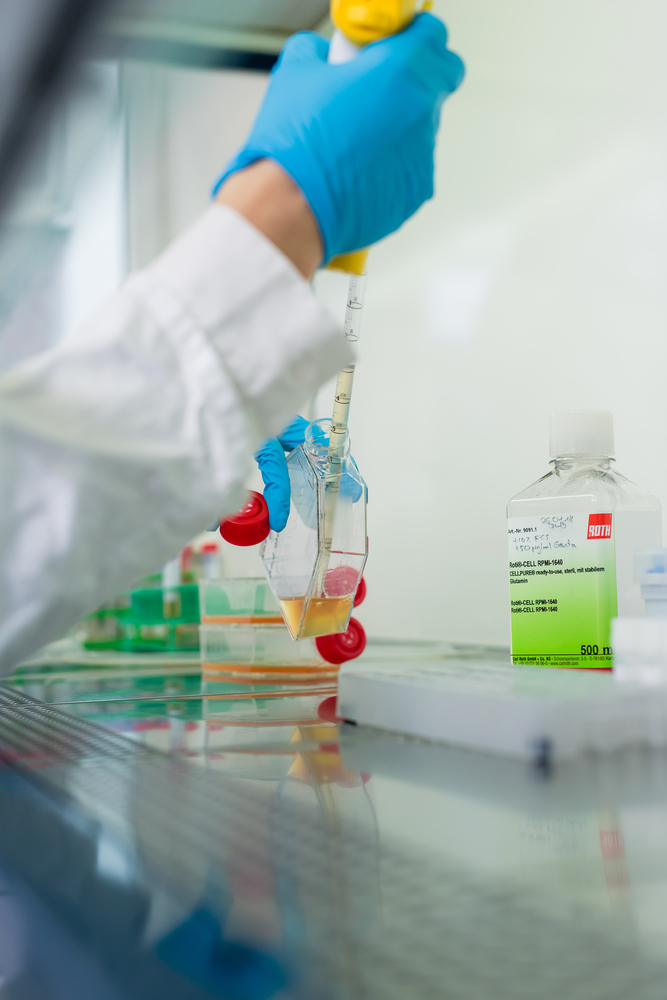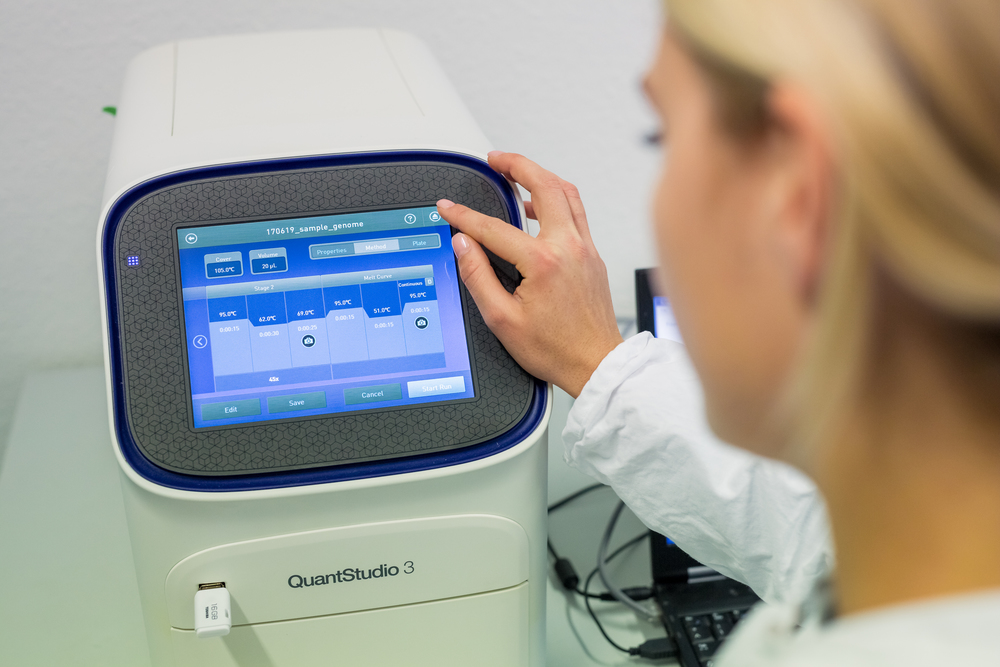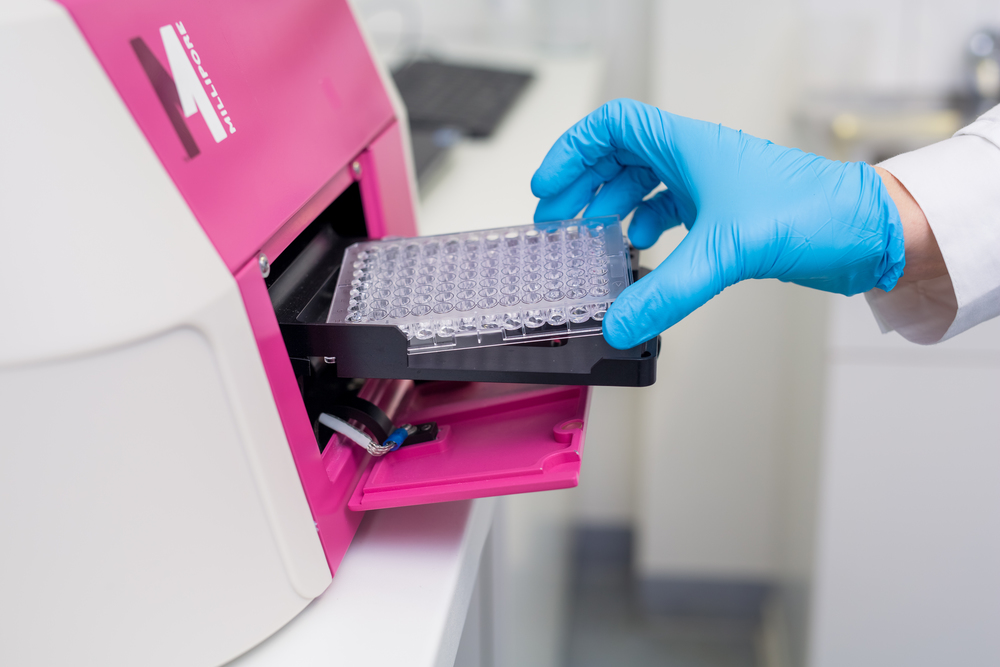
Risk management is initially a central task of medical device manufacturers. At the same time, it is one that many are still strangers to. The potential of this powerful tool is often misunderstood. Because the heart of risk management, the risk analysis with its irritating terminology, is a book with seven seals for some.
Now the pandemic has something good in this case: You can experience risk management in full action!
This can be shown wonderfully using the example of the rapid corona antigen test, the reliability of which gave cause for concern in the media at the beginning of 2022. Attention was drawn to laboratory tests that issued inadequate certificates for some rapid corona tests! Doubts were expressed about the competence of the competent authorities. Outside of the media spotlight, with knowledge of the medical device ecosystem and the EU administration, which often seemed quite sluggish before 2020, a different picture emerges of the European authorities: namely that of a thoroughly successful mixture of risk-based action and constant adaptation to the increase in scientific knowledge. In other words: active risk management.
The starting point
At the beginning of 2021, all tests that promised a reasonably reliable result in the midst of the corona high were initially approved for marketing. To do this, they had to meet basic requirements and pass a number of in vitro tests. Of course, there were also black sheep among them who took advantage of the easy access to the market.
Risk analysis and risk assessment
The authorities were aware of the danger of dysfunctional rapid tests (“performance-related hazard”). When weighing up the benefits and risks, however, the pendulum swung clearly in favor of society at the time: With high corona numbers and a lack of vaccine (“Events and circumstances”), a certain percentage of incorrect results (“risk situation”) was more likely to be accepted than at all no tests due to too high registration hurdles. As a result, corona cases could remain undetected ("potential damage A") or false positive results could lead to unjustified quarantine ("potential damage B"), but both to an expected low degree ("probability"). Overall, most tests worked correctly. At the same time, in order to reduce damage and the probability of occurrence due to incorrect diagnoses (“reasonably practicable risk minimization”), the tests began to be checked for their ability (“risk-reducing measure”) to detect the corona virus demonstrably reliably and correctly (“verification of the measure”). ). The elimination of black sheep





















